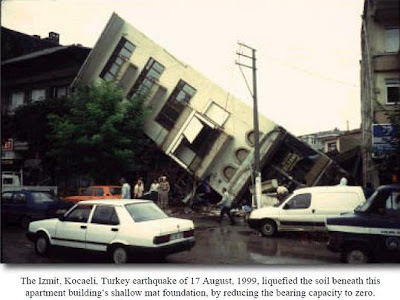Purpose of Mixing:
The purpose of mixing is to coat the surface of all aggregate particles with cement paste and to blend all the materials of concrete into a uniform mass. In this process cement, water, fine and coarse aggregate and possible admixtures of uniform consistency are mixed intimately. Mixing can be continued for a considerable tune without adverse effect.
Concrete Mixer:
Several types of mixer is used in different construction purposes. Such as -
The purpose of mixing is to coat the surface of all aggregate particles with cement paste and to blend all the materials of concrete into a uniform mass. In this process cement, water, fine and coarse aggregate and possible admixtures of uniform consistency are mixed intimately. Mixing can be continued for a considerable tune without adverse effect.
Concrete Mixer:
Several types of mixer is used in different construction purposes. Such as -
- Tilting mixer
- Non-tilting mixer
- Pan type mixer
- Continuous mixer
Nominal Size of Mixer:
This is described by the volume of concrete after compaction ( BS 1305 : 1974), which may be as low as one- half of the volume of the unmixed ingredients in a loose state. Mixer are made in a variety of sizes from 0.04 cum. If the quantity of mixed represents less than one-third of the nominal capacity of the mixer, the resulting mix may not be uniform, and the operation would, of course, be uneconomical. Overload not exceeding 10% is generally harmless.
Two-Stage Mixing:
The pre-mixing of cement and water allows better subsequent hydration and, when used for concrete, leads to a higher strength at a given water/cement ratio than conventional mixing. For instance, at w/c ratios of 0.45 to 0.5, a gain in strength of 10% has been observed. But, a large amount of heat is generated at very low w/c ratios. Moreover, two stage mixing undoubtedly represents a higher cost and is likely to be justifiable only in special cases.
Uniformity of Mixing:
Sufficient interchange of materials between different parts of the chamber is expected in any mixture to have a uniform concrete mix. The efficiency of mixer can be measured by the variability of the mix discharged into a number of receptacles without interrupting the flow of concrete.
Assessment of Performance of Mixers:
ASTM C 94-94
This is described by the volume of concrete after compaction ( BS 1305 : 1974), which may be as low as one- half of the volume of the unmixed ingredients in a loose state. Mixer are made in a variety of sizes from 0.04 cum. If the quantity of mixed represents less than one-third of the nominal capacity of the mixer, the resulting mix may not be uniform, and the operation would, of course, be uneconomical. Overload not exceeding 10% is generally harmless.
Two-Stage Mixing:
The pre-mixing of cement and water allows better subsequent hydration and, when used for concrete, leads to a higher strength at a given water/cement ratio than conventional mixing. For instance, at w/c ratios of 0.45 to 0.5, a gain in strength of 10% has been observed. But, a large amount of heat is generated at very low w/c ratios. Moreover, two stage mixing undoubtedly represents a higher cost and is likely to be justifiable only in special cases.
Uniformity of Mixing:
Sufficient interchange of materials between different parts of the chamber is expected in any mixture to have a uniform concrete mix. The efficiency of mixer can be measured by the variability of the mix discharged into a number of receptacles without interrupting the flow of concrete.
Assessment of Performance of Mixers:
ASTM C 94-94
- Samples of concrete should be taken from about 1/6 to 5/6 points of a batch
- The difference in the properties of the two samples should be-
- Density of concrete ≤ 16 kg/
3. slump ≤ 25 mm(l in)
when the average is under 100mm and 40 mm when the average is (100 ~ 150) mm
- Percentage of aggregate retained on a 475 mm sieve ≤ 6 percent
- Density of air-free mortar ≤ 1.6 percent
- Compressive strength (average 7-day strength of three cylinders) ≤ 7.5 percent
BS 3963 : 1974(1980):
- Water content as percentage of solids to 0.1 percent
- Fine aggregate content as percent of total aggregate to 0.5 percent
- Cement as percentage of total aggregate to 0.01 percent
- Water/cement ratio to 0.01










